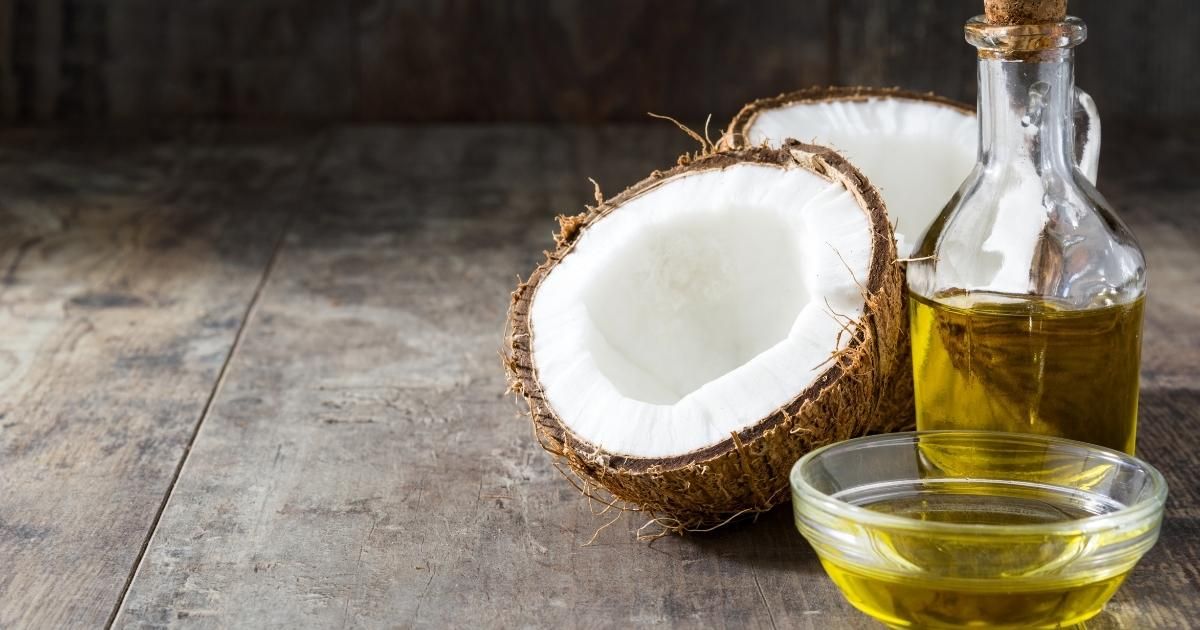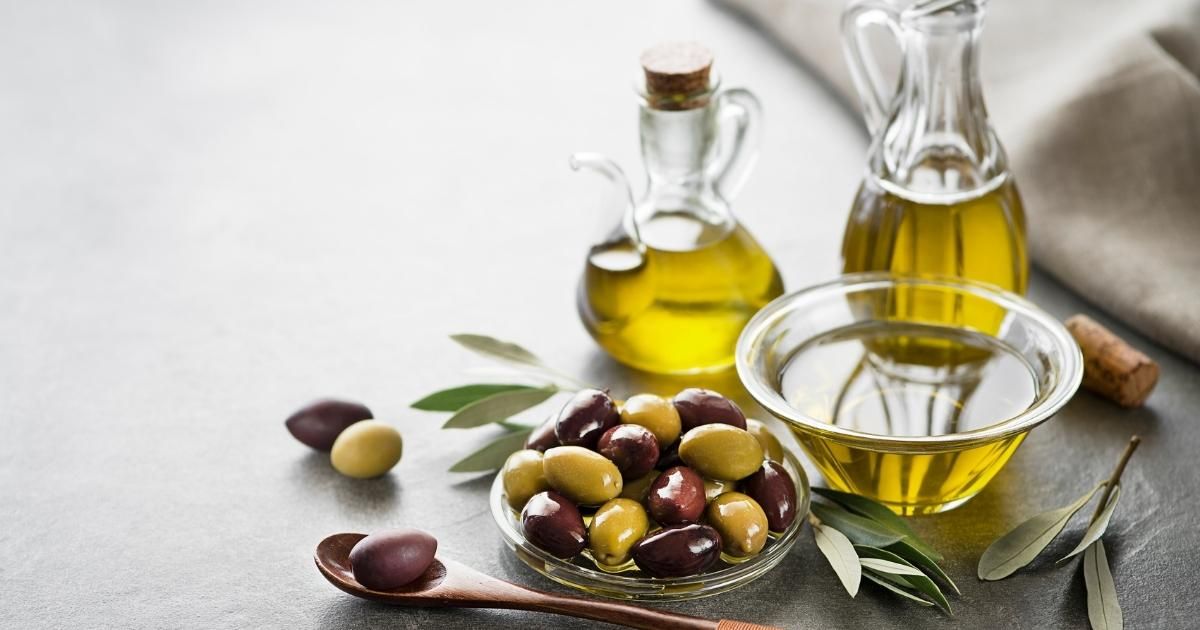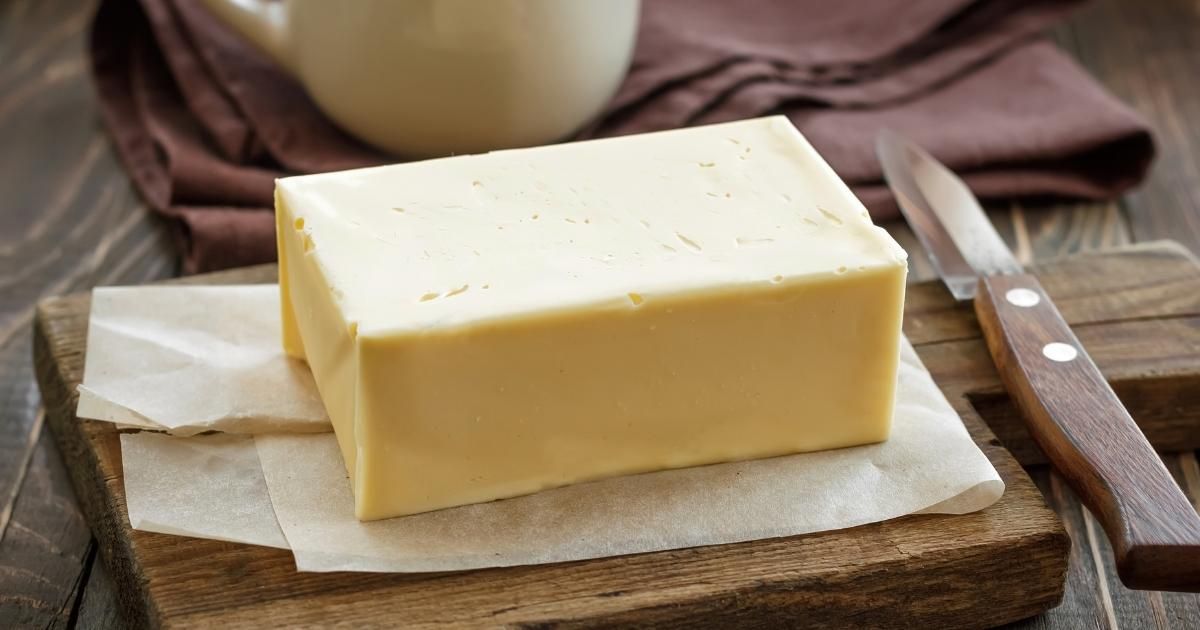10 Types of Cooking Oil
Here are the types of cooking oil and a list of healthy oils to cook better and healthier meals for you and your family. Not all cooking oils are the same!
Cooking without oil is no easy feat and choosing the right cooking oil for the job isn’t easy either. That’s why we’ve compiled all you need to know about cooking oil.
Discover healthy oils and others that are not so healthy. Choose the right oil for every cooking method and cook tastier and more nutritious meals every time.
What Are The Different Types of Cooking Oil and How To Use Them?
If you cook at home, you probably ask yourself this question "Which cooking oil should I use?" often. We are big fans of olive oil, since it is healthy and delicious. We gathered various types of oils for you to choose from. Experiment with them and find out your favorite.
The different types of cooking oil depend on what they’re made of. Most cooking oils are extracted from grains or seeds, but a few others are animal-based. There’s no one source of cooking oil but many. Cooking oils give variety to your cooking and they can also help you achieve your health goals.
10 Types of Cooking Oil
These are the most common types of cooking oil. Some are healthier than others, but they all have their uses. The right cooking oil depends on what’s for dinner and your health goals. It’s not uncommon to have more than one type of cooking oil at home. In fact, you should have at least a few of them to make sure you use the correct one for every occasion.
1. Butter
Let’s start with one of the most beautiful cooking oils out there. Yes, butter, mainly being fat, can be considered cooking oil.
In fact, chefs consider butter one of the most delicate types of cooking oil, and it’s used to make extraordinary meals. Sadly, butter has a low smoke point, meaning it burns at low temperatures of around 350 ºF (176 ºC).
Ghee is clarified butter, and it has a much higher smoke point of up to 450 ºF (232 ºC.) You can use ghee for everything without having to worry about burnt oil.
2. Coconut Oil
Coconut oil has unique properties; it’s liquid at a warm room temperature but solid in the fridge. Coconut oil has high amounts of fat and antioxidants, adding nutrition to your food.
Cooking tropical food inspired by Southeast Asian or Caribbean flavors with coconut oil is always a good idea, from sautéed shrimp to curries. The sky’s the limit. Coconut oil has a high smoke point of 350 ºF (176 ºC,) so it's in the middle range.
Interestingly, the cosmetic and beauty industries use coconut oil in many products because of its pure, healthy fat.
3. Lard
Lard is animal fat, and it’s been used for cooking since the beginning of time. Lard has a high smoke point of up to 370ºF (195ºC). This means you can stir-fry, sauté and deep fry food in lard without side effects.
Duck fat shares similar properties, and it’s considered an excellent cooking oil, even for deep frying. The downside? Lard and duck fat have a unique flavor, so they’re not neutral ingredients. Not every type of food might be compatible with animal fat’s flavor.
4. Avocado Oil
Avocado oil doesn’t come from the fruit’s prominent seed but its flesh. This resourceful oil is perfect for cooking at all temperatures below its smoke point of 520 ºF (271 ºC) — amongst the highest in the world of cooking oils.
Avocado oil is rich in oleic acid, a healthy fat that can reduce cholesterol levels and improve heart health. Cook with avocado oil or drizzle it over your salads; the oil doesn’t have a distinctive flavor.
5. Olive Oil
Olive oil is by far the healthiest cooking oil out there, especially if labeled as extra virgin olive oil; this means the oil is cold-pressed with no artificial additives.
Olive oil contains lots of monounsaturated fat, the healthy kind that can keep your heart healthy. There’s a catch: olive oil has a low smoke point of 320 ºF (160 ºC), so you shouldn’t use it for high heat cooking methods. The best way to enjoy extra virgin olive oil is by drizzling it over your food.
6. Grapeseed Oil
You might have seen grapeseed oil featured in beauty and hair products, and it’s for its high amounts of polyunsaturated fat and vitamin E. Grapeseed oil has a smoke point of 485 ºF (251 ºC), which is fairly decent, meaning this cooking oil has many uses on the stove-top, oven, and grill.
Make sure you source cold-pressed grapeseed oil, though, as the cheaper kind is extracted with solvents that could be harmful in the long run. Other than that, grapeseed oil is an excellent everyday cooking oil.
7. Sesame Oil
With a low smoke point of 350 ºF (175 ºC,) sesame oil is not your best alternative for cooking. Still, sesame oil has a unique flavor and texture, especially if made with roasted sesame seeds. This is the ultimate finishing cooking oil for Asian dishes, from fried rice to noodles, and a little goes a long way.
For cooking, though, unless you’re just gently cooking your food over a low flame, you’re better off with sturdier oils like avocado and grapeseed oil.
8. Flaxseed Oil
Flaxseed oil has a unique flavor not everyone loves, but this is one of the healthiest types of cooking oil on the market. Flaxseed oil contains Omega-3 fatty acids and is good for your overall health.
Again, everything comes at a cost. Flaxseed oil has the lowest smoke point compared to the most common cooking oils, 225 ºF (107 ºC). This means you can’t really cook with this oil, but it’s lovely as part of a salad dressing. Don’t overdo it, though!
9. Sunflower Oil
When made 100 percent from sunflower seeds, sunflower cooking oil is not all that bad; it contains vitamin E and oleic acid. Still, most sunflower oil is mixed with lesser-quality oils, so it’s not all that good for you. Kitchen-wise, sunflower oil is fairly adaptable, as it has a smoke point of 450 ºF (232 ºC) when refined.
You can pan-fry, stir-fry, and sauté with sunflower oil, just don’t deep-fry with it over high heat. We don’t recommend consuming sunflower oil in salad dressings either.
10. Canola Oil
Canola oil offers the best of both worlds; with a smoke point of 400 ºF (205 ºC) and a good amount of omega-6 and omega-3 fatty acids, this oil is functional and somewhat healthy.
Canola oil can quickly become your go-to everyday cooking oil, but you must consume it in moderation. Canola oil comes from rapeseed and has a relatively low amount of saturated fat and substantial monounsaturated (healthier) fats.
No cooking oil is 100% healthy, but canola oil is a safe bet for versatility and health benefits.
Using Butter as Cooking Oil
There’s no secret about this: butter is generally considered to be the best-tasting of the many different cooking oil options that are out there at the moment. There is a lot of contention, however, about how healthy it is.
When we’re in the kitchen at home, we use butter quite a lot. It makes a wonderful base for different white sauces, plus it melts well and browns nicely. However, browning is something that you may not want.
What’s occurring during the browning process is that the milk solids in butter are changing color as they cook. This can be visually appealing, and it can also be less than ideal. This browning process leads to a lot of flavor development, but it’s also the cause of butter’s relatively low smoke point - the smoke point is the point at which a fat or oil begins to produce a continuous smoke.
The smoke point matters as it can affect the temperature at which you can cook your food. For example, you may not want to deep-fry in butter as the smoke point is 150˚C - too low to deep-fry anything. However, if you aren’t concerned by this smoke point, you may particularly like using butter for several reasons.
Principally, the reason people like butter is the flavor. The gentle nuttiness is hard to find elsewhere, and it’s loved by many. Secondly, butter actually has a number of health benefits.
Of course, it is extremely high in fat and so should be used in moderation, but a number of nutrients present in butter are beneficial. For example, butyrate present in butter can have very positive effects on people’s immune systems. Furthermore, high-fat dairy products like butter have actually been linked to a reduced risk of obesity, diabetes, and heart problems. Of course, this is only true when eaten in moderation.
What’s The Healthiest Cooking Oil?
Well, ‘healthiest’ is a big word. There are a number of different oils that are good for different reasons. Consistently - there are two that top lists: coconut oil and extra virgin olive oil.
Coconut oil has been more popular in recent years, for good reason! It’s been used for centuries among some of the healthiest communities in the world, so we know it’s been well tried and tested - this alone is a great reason to include it in your diet!
Coconut oil is high in implant-based fatty acids, specifically medium-chain triglycerides. These fatty acids have actually been shown to have a number of promising effects on metabolism and weight valance.
In terms of ease of use - coconut oil is great. It is solid at room temperature and so easy to store, plus it has a high smoke point, so can be used for high-temperature cooking such as stir-frying. It also adds a wonderful taste!
Olive oil has long been the king of cooking oils. For us, it’s simply because it tastes good and is a great value - we can typically buy a liter bottle for as little as $10. That said, it is also particularly healthy.
Olive oil has a very high monounsaturated fatty acid profile. There’s a lot of omega-3 in olive oil, and it has long been known to have a great effect on brain health and is the main constituent in what makes the Mediterranean diet so healthy.
In terms of use - it’s best suited to medium-heat cooking, though coconut or avocado oil is perhaps preferable for very high heat cooking. In our uses, though, we’ve never had trouble with the smoke point of olive oil.
Most popular, perhaps, is the classic use for olive oil: to make a vinaigrette! Vinaigrette is typically oil and vinegar in a three to one ratio, plus whatever spices you have on hand. When beaten until combined, the liquids form a delicious and convenient salad dressing ideal for any number of dishes. Personally, we love to add in some Italian herbs to make a vinaigrette perfect for tossing over fresh, high-quality tomatoes.
Lesser-Known Types of Cooking Oil
Now, there are a number of up-and-coming oils out there for the moment, but the two big ones are peanut oil and avocado oil
Peanut oil has been used for a particularly long time in eastern cooking for one reason: it has a very high smoke point. Asian cooking typically involves a lot of heat in a large, wide pan. This means that peanut oil is ideal to coat the base of the pan as it won’t begin to smoke, and it can add a wonderful flavor to boot.
Peanut oil has, unsurprisingly, a strong peanut flavor that’s ideal for use in a number of Asian dishes - that creaminess and slight sweetness provides the perfect undertone for a huge number of typically harsh, spicy, and sharp Asian dishes.
Avocado oil has been growing massively in popularity in recent years, much like the popularity of avocados. It has a particularly high smoke point when compared to other oils so it’s great for high-temperature cooking.
As well as that classic benefit, it’s particularly versatile. Research has shown that as well as being useful in cooking, it can enhance the absorption of other important nutrients when used in salads. This means that overall it’s a particularly healthy pick. Impressively, avocado oil has a beneficial effect on cholesterol, which is always good.
The main drawback of avocado oil is the price - a lot of the time it simply isn’t economically sensible to buy avocado oil and use it in the home. That said, it does taste good, if a little subtle.
Here are recipes made with different types of cooking oils
Homemade Banana Bread
One of the most popular recipes of recent times is Banana Bread. No wonder this delicious recipe is especially popular with Influencers.A snack that you...
Celery with Quince
Celery is a vegetable that is usually preferred by those who likes olive oil based dishes. A recipe that helps the digestive system, minimizes the stress...
Superseed Granola
This granola recipe is made with walnuts, chia, flax and sunflower seeds. It has natural sweetness with dried fruits and honey. If you want this recipe...
Creamy Curry Chicken Pasta
Curry Pasta with chicken offers a unique twist on traditional curry and pasta dishes. Tender chicken and creamy curry sauce combined with al dente pasta...
Eggplant in Olive Oil
You should try the eggplant that is beautiful in all extents with olive oil. It is easy to prepare this fulfilling, light and nutritious recipe.
Flourless Black Bean Brownies
Black bean brownies are an excellent alternative to the classic brownie with its moist and rich chocolate flavor. When you're craving sweets, try this...



































